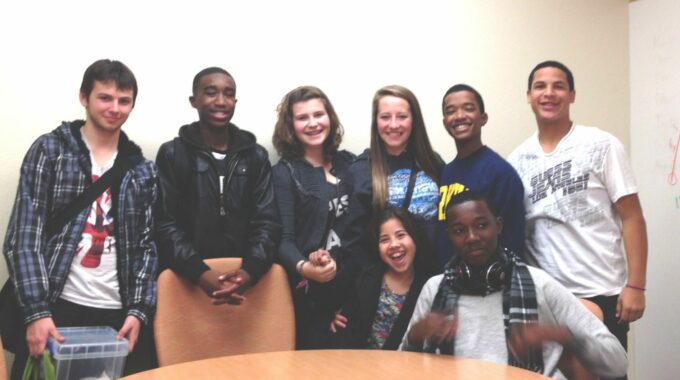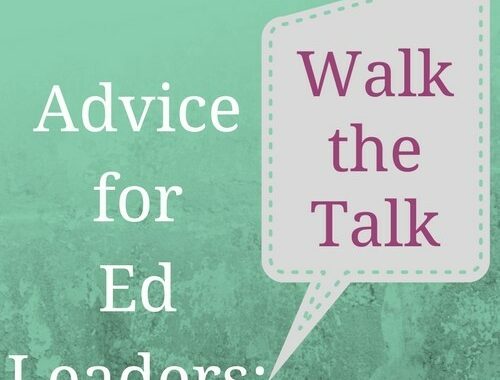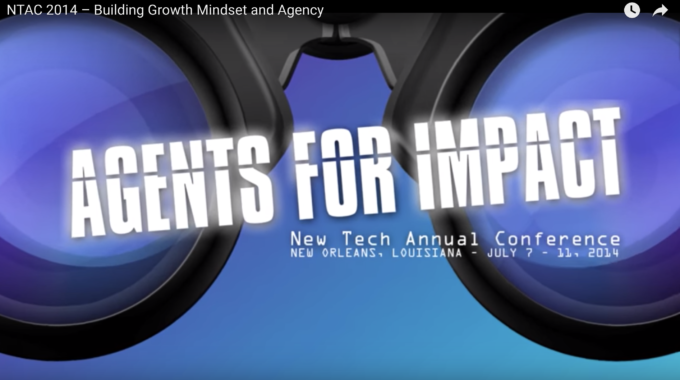
Give All Students Access to College in High School: Break Down These Barriers
But there exists a set of pervasive myths in schools that create barriers to student concurrent enrollment. These myths generate opportunity gaps for low income and students of color. Here are the three most common mis-statements I hear from education leaders:
Myth 1. It’s inequitable because low income students cannot afford textbooks or transportation.
In fact, access to community college while still in high school often can be arranged tuition-free for students through college partnerships, saving students hundreds or thousands of dollars towards earning a college degree.
Solve the challenge of expensive college textbooks and lab fees through a fundraising program which provides scholarships to students in need. Usually a one time college book scholarship allows a student to access multiple college courses due to book buy-back programs. I’ve found it easy to build a textbook fund program, even in high poverty areas, by making the ask for donations from community members and businesses.
Transportation solutions include requesting free ride tickets from the local transportation department, accessing the textbook fund for bus passes, or leaving it to the students to ride share with each other. They can figure it out.
Myth 2. Our students aren’t smart enough to take a real college class and will end up taking remedial classes, thereby not earning college credit.
In fact, college placement counselors excel at finding a college level class for a high school student to flourish in. It’s about finding the right fit for every unique student.
Sure there are students who will fail if they take college calculus or even college algebra. So provide support and advice to those students, helping them find the best course for their strengths. If they don’t have a knack for math, they shouldn’t take a college math class as their first college experience.
High schools should offer specific recommendations for which community college courses are good entry points to college life.
It’s about setting them up for success, not failure. Colleges offer an enormous range of credit level classes. There is a genius in every young person. Really. Help kids figure out where their skills exist and honor their interests and passions. Students will stretch themselves and acquire new skills for a class they value.
Myth 3. Our students lack the behavioral maturity to succeed in a college class.
In fact, high school students experience a boost in maturity when they look around a classroom full of adults who are just a couple years, or many years, older than them. Because no one else in the class knows that they are “only a high school student” they have a chance to experiment with redefining themselves. They are often humbled and thrilled by the opportunity to present themselves as equals to the other adult students. In seven years of sending all students to college classes, even those who behaved badly in their high school classes, I’ve never once had an incident of any student displaying immature behavior in community college class.



